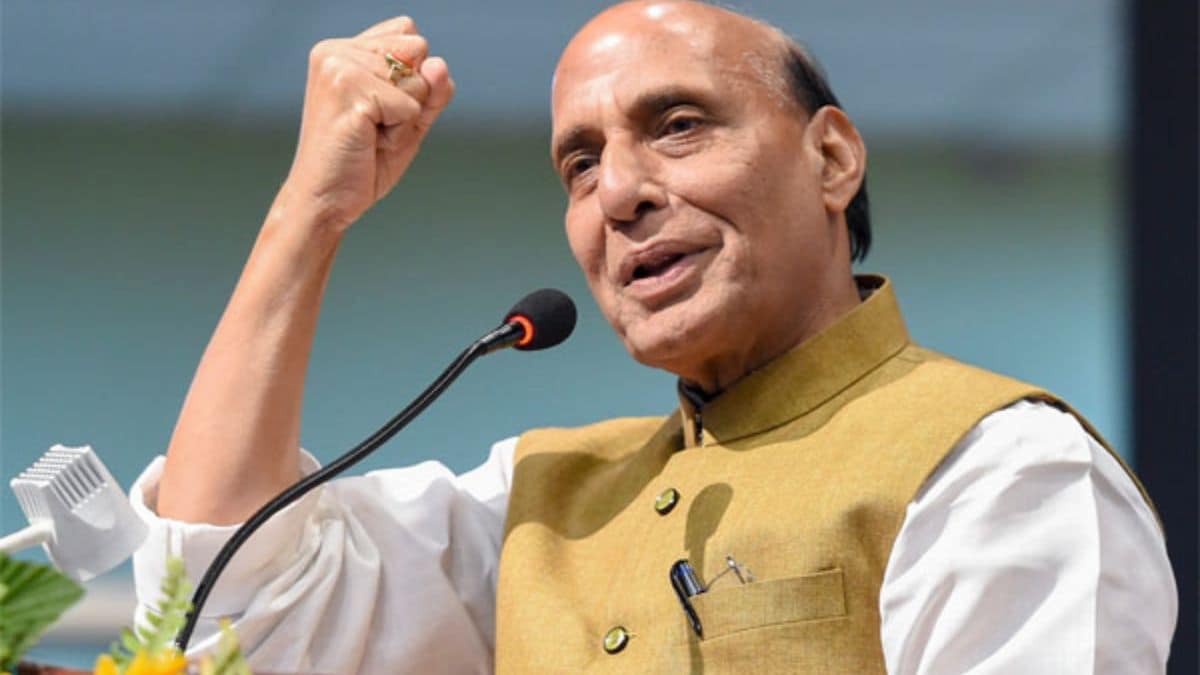

Rajnath Singh's visit to China for the Shanghai Cooperation Organisation (SCO) Defence Ministers' Meeting marks a significant step in the gradual thaw in India-China relations since the meeting between Prime Minister Narendra Modi and President Xi Jinping in Kazan, Russia, in October 2024. This visit, the first by an Indian Union Minister since 2020, signals a willingness from both sides to rebuild trust and strengthen communication after a period of strained relations following the border clash in Galwan.
The Modi-Xi meeting in October 2024 on the sidelines of the BRICS summit was a turning point. During the meeting, both leaders endorsed an earlier agreement to disengage their militaries along the disputed border, a move that restored the status quo to its pre-2020 position. They also agreed to task the Special Representatives on the India-China boundary question to find a fair, reasonable, and mutually acceptable solution to the border issue. This high-level political guidance provided the necessary impetus to finalize military disengagement in Ladakh and resume regular, high-level dialogue on border management.
Following the Modi-Xi meeting, several interactions between top diplomats and officials from both countries have taken place. These include meetings between the foreign ministers, the resumption of a religious pilgrimage in Tibet (scheduled for June 2025), data sharing on trans-border rivers, and discussions on direct flights and media exchanges. National Security Advisor Ajit Doval's recent visit to Beijing and External Affairs Minister S. Jaishankar's expected visit to China in the coming weeks for the SCO Foreign Ministers' meeting further exemplify this trend.
Rajnath Singh's participation in the SCO Defence Ministers' Meeting in Qingdao from June 25-26, 2025, is particularly noteworthy. He is expected to advocate for global peace, economic cooperation, and counter-terrorism efforts. He will also have the opportunity to engage in bilateral talks with his Chinese and Russian counterparts, addressing regional security and West Asia tensions. This visit signals India's support for China as the current chair of the SCO and demonstrates India's willingness to ease tensions and promote defense relations with China.
Despite these positive developments, challenges remain. The core issue is the disagreement over the Line of Actual Control (LAC). India seeks a return to the "peace and tranquility" that existed before 2020 and views the border issue as central to the overall relationship. China, on the other hand, prefers to decouple the border issue from the broader bilateral relationship, likely due to its stronger military capabilities in the region. Moreover, the competition between India and China for influence in South Asia, the Indian Ocean, and Southeast Asia continues to be a key security concern for New Delhi.
Economic ties also present a mixed picture. China was India's second-largest trading partner in FY2024-25, with bilateral trade reaching $131.84 billion. However, India's trade deficit with China has increased to $99.2 billion, highlighting India's economic dependence on China. Despite efforts to reduce this dependence and boost domestic manufacturing, India relies on Chinese imports to achieve its economic growth targets.
Looking ahead, sustained dialogue and mutual trust-building will be crucial for India and China to manage their differences and advance their shared interests. There will be opportunities for Modi and Xi to meet again at the BRICS summit in Brazil in July and the SCO summit in China in the autumn of 2025. While a full-fledged rapprochement may be unlikely in the short term, the ongoing engagement and dialogue indicate a commitment to stabilizing the relationship and preventing further escalation.